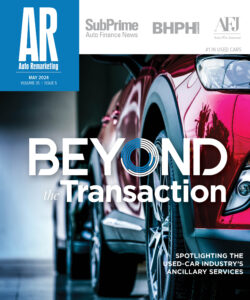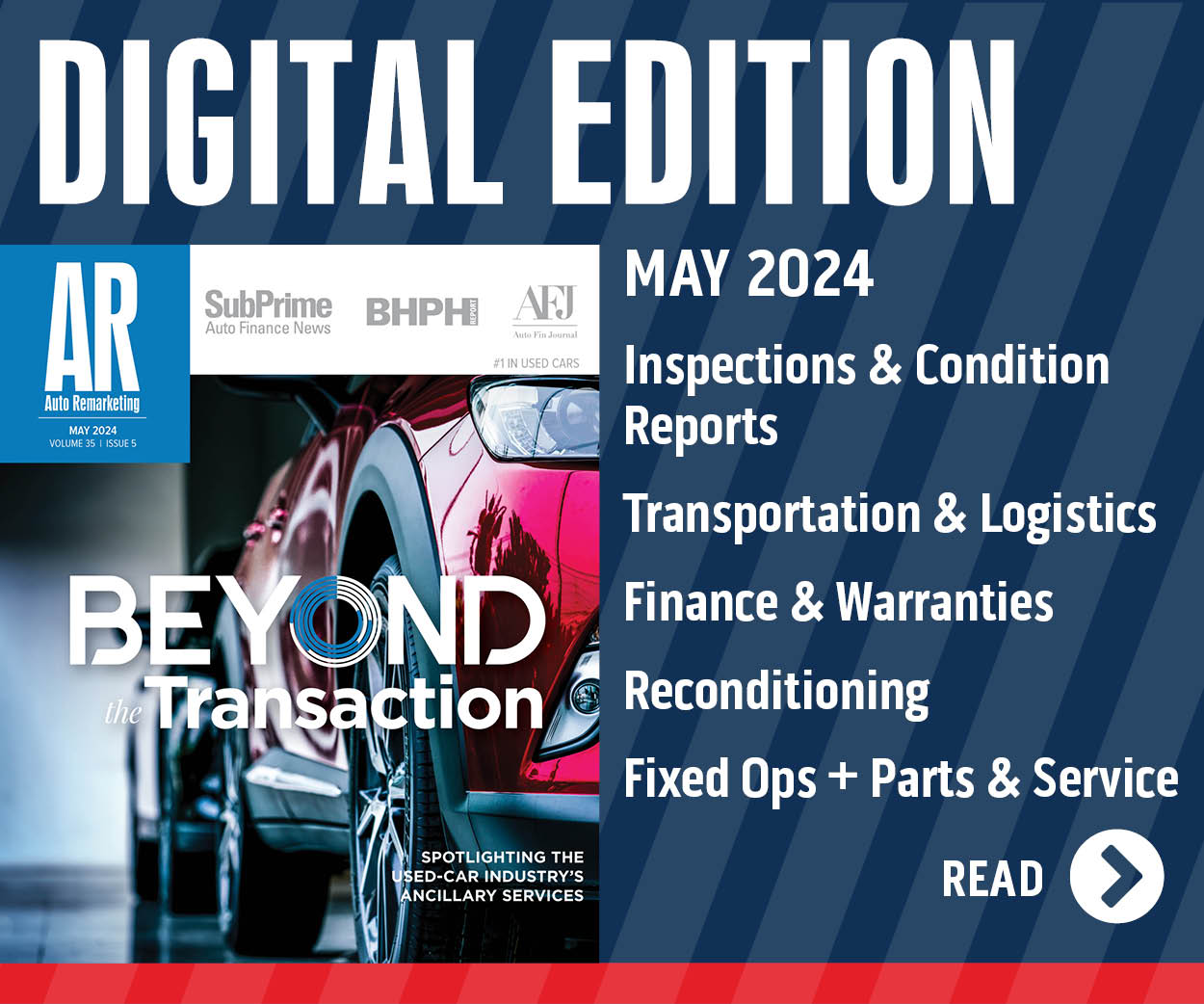Study shows new-car price increases slowing in comparison with MSRP

Hyundai's Kona Electric is priced 4.6% below MSRP on average, the lowest percentage of any model in the iSeeCars study. Image courtesy of Hyundai Motor America.
New-vehicle prices are still well above the old normal, but a new study by automotive data platform iSeeCars.com showed that while manufacturers suggested retail prices continue to soar, selling prices are holding steadier.
According to iSeeCars’ analysis of more than 16 million new-car sales between January 2023 and January 2024, the average MSRP of a new car increased by $904 in that span while the average dealer price rose by just $283, from $45,597 to $45,880.
Currently, the average new car is priced at 7.2% above MSRP, compared to 8.9% a year ago.
“Supply is gradually catching up with demand, which means even as new car MSRP rises, the ability for dealers to charge over MSRP falls,” iSeeCars executive analyst Karl Brauer said in the report. “At some point we’ll get back to pre-COVID new-car pricing. But we’re not there yet, and at this rate it’s still at least a few years out.”
The gap between MSRP and dealer price fell for every segment, with sedans currently the highest at 8.0% above MSRP, down from 9.5% in 2023. Trucks had the largest decrease, dropping from 10.1% to 7.5% year-over-year.
Electric vehicles – not including Tesla – currently have the smallest difference, coming in at 6.1% over MSRP, but actually had the largest increase in actual price, jumping $3,884 to $65,417, the highest average price of any segment. The gap closed because the average EV’s MSRP rose even more, up nearly $5,000 to stand at $61,641.
Porsche (19.9%) was the brand priced most above MSRP, followed by MINI (17.4%), Genesis (13.0%), Land Rover (12.9%) and Lexus (11.1%).
While the MINI Hardtop was at the top of the list for individual models at 25.5%, Porsches took the next four spots — the Taycan sedan (23.1%), Cayenne (21.9%), Macan (21.3%) and Taycan wagon (20.3%) — and had five of the top 10.
Eighteen of the top 20 models were from premium brands, with the Toyota Corolla Cross Hybrid crossover (eighth at 19.4%) and Ford Maverick compact pickup (17th at 18.2%) representing mainstream brands.
“The combination of improving new vehicle supply and falling consumer confidence is clear when looking at brand pricing,” Brauer said. “With an affluent buyer base, most luxury divisions haven’t felt the sting of the macroeconomic factors impacting mainstream consumers — at least not yet.”
But the past year’s downward shift in new-vehicle pricing should continue, suggesting we’ll see more models, and brands, fall below MSRP in 2024.”
Only 15 models were priced less than MSRP, the study found, and six of them were EVs, led by the Hyundai Kona Electric, at 4.6% below MSRP. It was followed by the Volkswagen ID.4 (3.6%), Ford F-150 hybrid (3.3%), Kia EV6 (2.5%) and Hyundai Ioniq 6 (2.4%).
“While finding a discount on a new vehicle remains a challenge, it’s much easier for EV, large truck and SUV shoppers,” Brauer said. “The market appears to have reached a saturation point for electric vehicles, with both prices and sales struggling compared to a year ago. The high cost of full-size trucks and SUVs, along with the cost of fueling them in the face of inflation and reduced consumer spending power, has dampened demand for those notoriously pricey vehicles.”
The full study is available here.

 View The Latest Edition
View The Latest Edition

